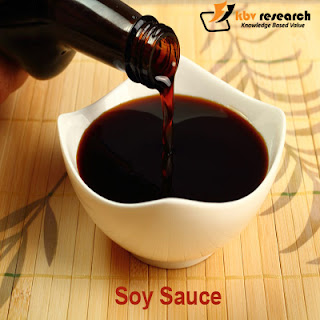Soy Sauce Market: The History, Present, and the Future

Practically, there are hundreds of varieties of soy sauce . Varieties that rely on the ingredients used, the process used to make the sauce, and the region where it is made. A few major varieties can be found in grocery stores or listed in recipes: low sodium, light, dark, and tamari. Innovations in food production have resulted in a quicker, less expensive method of soy sauce production that uses acid-hydrolyzed protein from vegetables. This method requires just a few days and provides a product that is more compatible with a longer shelf life. That being said, this method has been rejected by traditionalists as it does not create the flavor depth found with the traditional brewing method. What are soy sauces? Soy Sauce Soy sauce is among the oldest condiments in the world that have been used for over 2,500 years in China. A mixture of mashed soybeans, salt, and enzymes is made from fermentation. It is also produced by a chemical process known as acid hydrolys...


